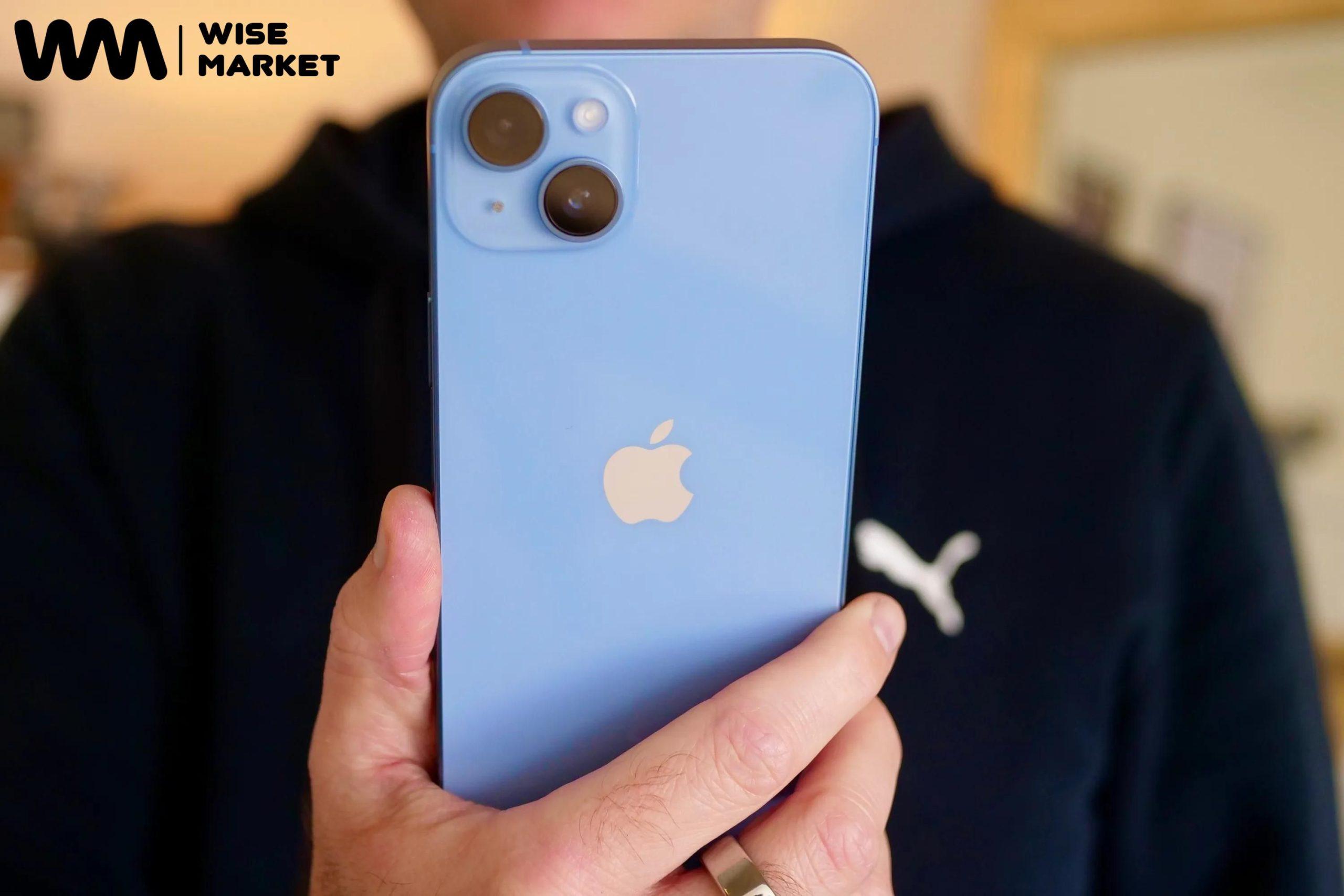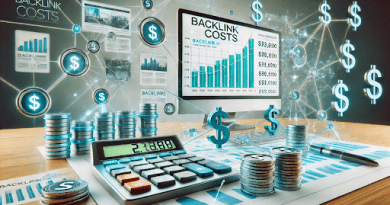Exploring Trends and the Evolution of Used iPhone Prices in the UAE
In the mobile technology landscape, Apple’s iPhone has maintained its status as a symbol of innovation, luxury, and functionality. For consumers in the United Arab Emirates (UAE), the iPhone serves as a communication device, a fashion statement, and a status symbol. However, as with any coveted commodity, the price of owning an iPhone in the UAE has fluctuated over the years. Let’s learn the intricate factors influencing used iPhone prices in the UAE, tracing their evolution and exploring current market trends. Let’s get started!
Historical Perspective:
To understand the current state of iPhone prices in the UAE, it’s essential to examine the historical trajectory. Since its debut in 2007, the iPhone has undergone numerous iterations, each boasting enhanced features and capabilities. Initially, iPhones were positioned at the higher end of the pricing spectrum, reflecting their premium status and cutting-edge technology. However, as competition in the smartphone market intensified and production costs evolved, Apple began diversifying its product range to cater to different market segments.
Introducing new iPhone models in the UAE typically generates significant buzz, with eager consumers eagerly awaiting the latest innovations. Despite the premium pricing, demand for iPhones remains robust, driven by factors such as brand loyalty, perceived quality, and the aspirational appeal of owning an Apple product. Over the years, Apple has strategically employed pricing strategies to maintain its market dominance while expanding its customer base.
Factors Influencing iPhone Prices:
Several factors contribute to iPhone pricing in the UAE, ranging from global economic trends to local market dynamics. One primary determinant is the cost of production, including expenses related to research and development, component procurement, and manufacturing processes. As technology advances and production efficiencies improve, Apple can lower its production costs, allowing for price adjustments in the retail market.
Currency fluctuations also play a crucial role in shaping iPhone prices in the UAE. Given that Apple operates globally, exchange rate changes can impact the cost of importing iPhones into the country. Fluctuations in the value of currencies, such as the US dollar, which serves as the primary denomination for iPhone pricing, can influence the final retail price for consumers in the UAE.
Moreover, regulatory policies and import duties imposed by the UAE government can affect the pricing of iPhones. Tariffs, taxes, and regulatory compliance requirements contribute to the overall cost structure, influencing how Apple prices its products in the local market. Additionally, competition from other smartphone manufacturers and retailers pressures Apple to maintain competitive pricing strategies to retain market share.
Evolution of iPhone Pricing Strategies:
Over the years, Apple has adapted its pricing strategies to changing market dynamics and consumer preferences. While the company has traditionally maintained a premium positioning for its flagship iPhone models, it has also introduced more affordable options to cater to diverse consumer segments. For instance, the launch of the iPhone SE series targeted budget-conscious consumers seeking the Apple experience at a lower price point.
Furthermore, Apple has leveraged marketing tactics such as product bundling, trade-in programs, and financing options to make iPhones more accessible to consumers in the UAE. Apple can appeal to a broader demographic by offering installment plans and trade-in discounts while ensuring customer retention and brand loyalty. Promotional campaigns and seasonal discounts are employed to stimulate demand and drive sales during key periods.
Current Trends and Outlook:
As of [current year], the landscape of iPhone pricing in the UAE continues to evolve in response to various market forces. The launch of new iPhone models, such as the iPhone [current model], has generated excitement among consumers, with pre-orders and sales reaching record levels. Despite the challenges posed by the COVID-19 pandemic and global supply chain disruptions, Apple has managed to maintain its market leadership position in the UAE.
Looking ahead, analysts anticipate continued innovation and refinement in Apple’s product offerings, accompanied by adjustments in pricing strategies to remain competitive. With the proliferation of 5G technology and the growing demand for interconnected devices, Apple is poised to capitalize on emerging trends and solidify its presence in the UAE market. Moreover, partnerships with local retailers and telecom operators are expected to enhance distribution channels and customer outreach efforts.
Where to Buy iPhones in the UAE:
Apple Retail Stores: Apple has several retail stores in prominent shopping malls across the UAE, including Dubai Mall, Mall of the Emirates, and Yas Mall in Abu Dhabi. These stores offer the full range of iPhone models, accessories, and expert assistance from Apple staff.
Authorized Resellers: Authorized resellers such as Axiom Telecom, Sharaf DG, and Jumbo Electronics are popular destinations for purchasing iPhones in the UAE. These retailers often offer promotions, trade-in deals, and financing options to make iPhones more accessible to customers.
Online Retailers: E-commerce platforms like Apple’s official website, Technoor, and Noon.com provide convenient options for purchasing iPhones online. Customers can browse various models, compare prices, and benefit from doorstep delivery services.
Telecom Operators: Telecom operators like Etisalat and DU often bundle iPhones with their mobile plans, offering attractive discounts and installment options. Customers can visit their nearest branch or explore online portals to avail of these offers.
Conclusion:
In conclusion, iPhone pricing in the UAE reflects a complex interplay of global and local factors, spanning production costs, currency fluctuations, regulatory policies, and competitive dynamics. Despite the premium positioning of Apple’s flagship products, demand for iPhones remains robust, driven by brand loyalty and aspirational appeal. As Apple continues to innovate and adapt its pricing strategies, consumers in the UAE can expect a diverse range of iPhone options tailored to their preferences and budgetary considerations.
FAQs
Q. Are iPhones more expensive in the UAE compared to other countries?
A. iPhone prices in the UAE are generally aligned with Apple’s global pricing standards. However, currency fluctuations, import duties, and taxes can influence the final retail price.
Q. Do iPhone prices vary between different models and configurations?
A. Yes, iPhone prices vary depending on factors such as model (e.g., iPhone 13, iPhone SE), storage capacity (e.g., 64GB, 128GB), and features (e.g., Pro vs. standard models). Higher storage capacities and premium features typically command higher prices.
Q. Are any seasonal discounts or promotions available for iPhones in the UAE?
A. Yes! Apple and its authorized resellers often offer seasonal discounts, promotional bundles, and special offers during Ramadan, Eid, and the Dubai Shopping Festival. Customers can stay updated on these promotions through official channels and retail newsletters.
Q. Can I trade in my old iPhone for a discount on a new purchase?
A. Yes! Many authorized resellers and telecom operators in the UAE offer trade-in programs where customers can exchange their old iPhones for credit toward a new purchase. The trade-in value depends on the device’s model, condition, and age.
Q. Are installment plans available for purchasing iPhones in the UAE?
A. Yes! Most retailers and telecom operators offer installment plans with zero or low-interest financing options for buying iPhones. Customers can spread the cost of their purchase over several months, making it more affordable and accessible.



